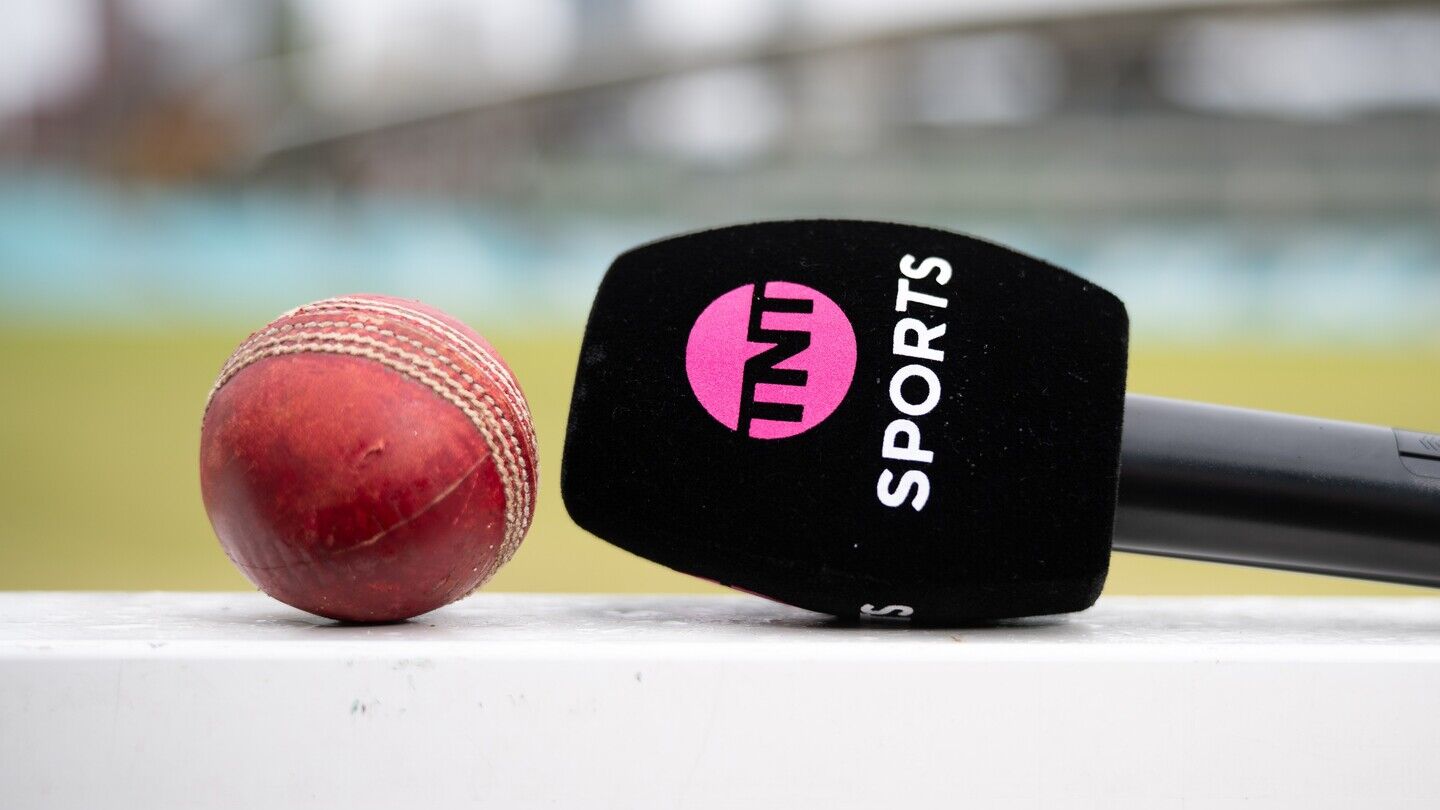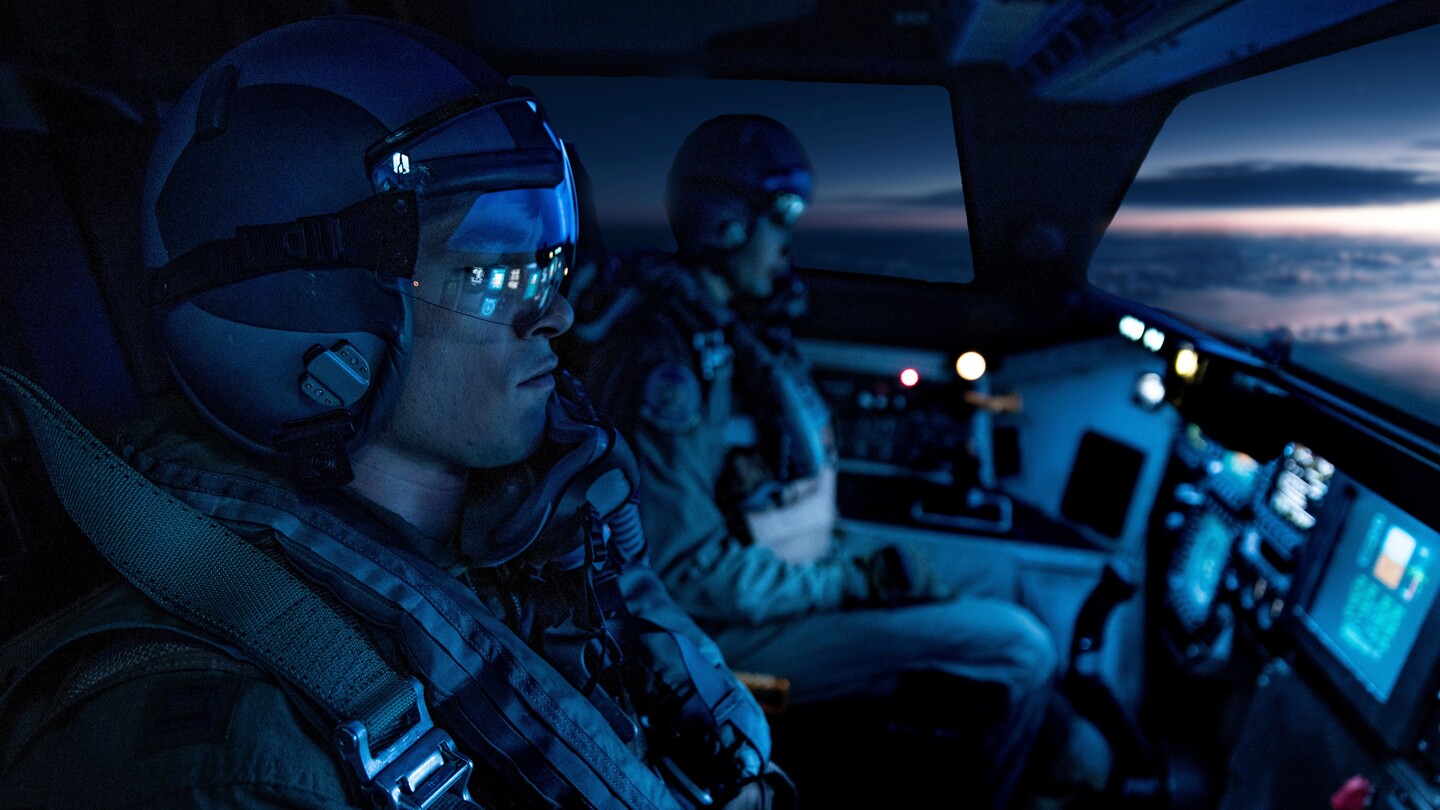Stephen Graham is a chef with a simmering temper in a feature length one-take kitchen drama filmed at a real-life restaurant. Director Philip Barantini and cinematographer Matthew Lewis explain how it was done.
The trick with running a restaurant is to make it look effortless and you can argue the same is true of filmmaking. New feature Boiling Point peels away the serene service of fine dining to reveal the raw tension of a chef on the edge and does so in an ambitious 90-minute single take that dissolves completely into the drama.
Boiling Point is directed by Philip Barantini, photographed by Matthew Lewis and stars Stephen Graham (The Virtues, The Irishman) who together tested the one-shot technique to film a 20-minute Bifa nominated short of the same name in 2019.
“The idea to do a ‘one-er’ was ...
You are not signed in
Only registered users can read the rest of this article.

Behind the scenes: Hamnet
Look, lighting and camera movement were stripped back to basics by cinematographer Lukasz Żal to create the stage for Shakespeare’s personal tragedy.

Behind the scenes: The Running Man
Scenes structured like Russian nesting dolls present Editor Paul Machliss with a challenge in completing this deadly reality TV show.

TNT Sports and The Ashes: “We need to be at the heart of the story”
TNT Sports takes a hybrid approach as England’s cricket team heads down under with a sporting chance of returning with a little urn. Adrian Pennington reports.

Behind the scenes: Frankenstein
Cinematographer Dan Laustsen tells IBC365 why he and Guillermo del Toro turned the classic nightmare, Frankenstein, into a love story of ice and warmth between father and son.
Behind the scenes: Good Boy
From casting his own dog as the lead to shooting at a dog’s eye level, first-time Feature Director Ben Leonberg has perfected a filmmaking process built entirely around a pet. The result? Critical acclaim and a viral smash for horror season.




